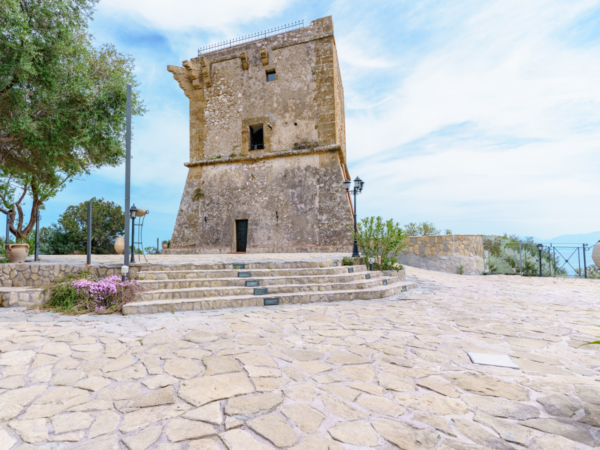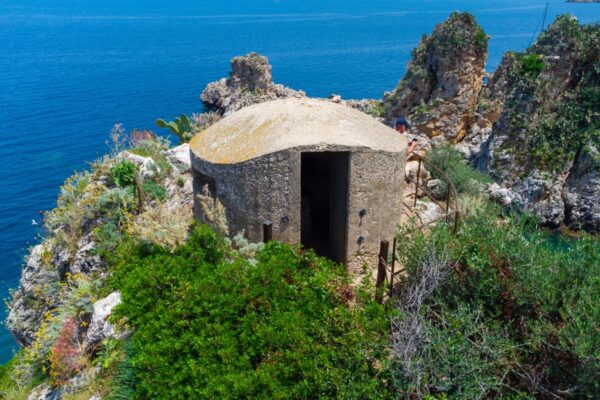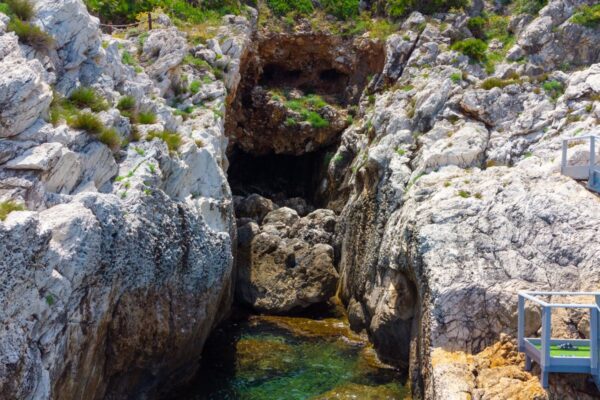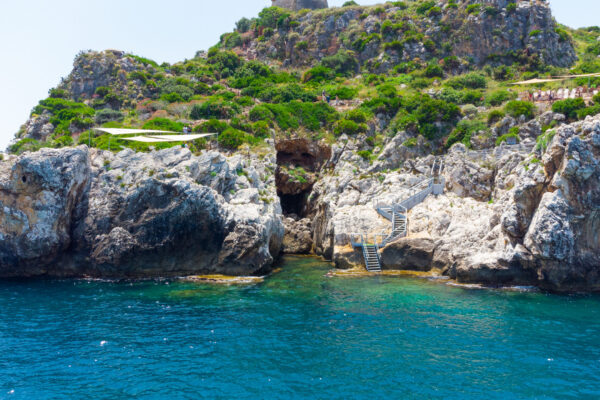In addition to the numerous archaeological evidence that makes Sicily a melting pot of cultures and peoples of different origins, the island preserves numerous traces of military architecture scattered from one end to the other, allowing us to speak today of 'military archaeology', a complex of testimonies through which it is possible to study and examine the typological and technical-logistic evolution from the origins of fortifications to the remnants of the last world conflict.
In addition to the numerous archaeological evidence that makes Sicily a melting pot of cultures and peoples of different origins, the island preserves numerous traces of military architecture scattered from one end to the other, allowing us to speak today of 'military archaeology', a complex of testimonies through which it is possible to study and examine the typological and technical-logistic evolution from the origins of fortifications to the remnants of the last world conflict.
In particular, from the late 1930s until the end of the Second World War, the collapse of international relations and the consequent formation of precise alliance systems led to the pressing need for an arms race and the urgent construction of coastal defense systems. Numerous circulars with directives and projects for the defense of the Sicilian coasts and for the construction and use of anti-landing defense works were issued.
As evidence of this historical context, today, within the context of the Coastal Historical Nature Path of the Torre di Scopello, it is possible to visit the Casamatta, a 'circular single-arm position' built between 1941 and 1943 following the structural modifications and consolidation of Torre Doria. Inside the Casamatta, there is an inert replica of the Breda mod.37 machine gun, the weapon used by Coastal Divisions within the positions. Recently, a display of war objects has been set up, revealing the brutal and tragic events of the Second World War, providing an insight into the life of young soldiers within the military positions.
As evidence of this historical context, today, within the context of the Coastal Historical Nature Path of the Torre di Scopello, it is possible to visit the Casamatta, a 'circular single-arm position' built between 1941 and 1943 following the structural modifications and consolidation of Torre Doria. Inside the Casamatta, there is an inert replica of the Breda mod.37 machine gun, the weapon used by Coastal Divisions within the positions. Recently, a display of war objects has been set up, revealing the brutal and tragic events of the Second World War, providing an insight into the life of young soldiers within the military positions.
The Casamatta of the Torre di Scopello, located on the steep northeast side of the Tower above the Faraglioni, offered (and still offers today) a visual field that allowed maximum surveillance and efficiency in case of anti-landing actions on the bay below and the adjacent coves towards the Zingaro Nature Reserve, thus complying with the directives of the Inspectorate of the Army's Engineering Corps regarding tactical-strategic requirements.

Path
Click on the yellow dots








